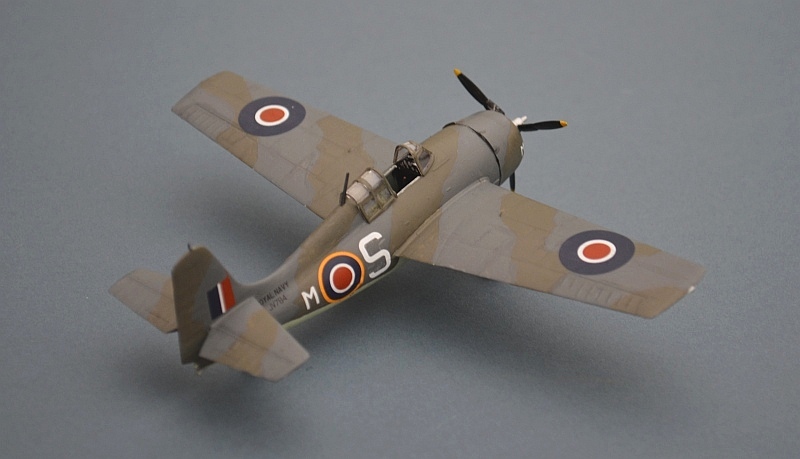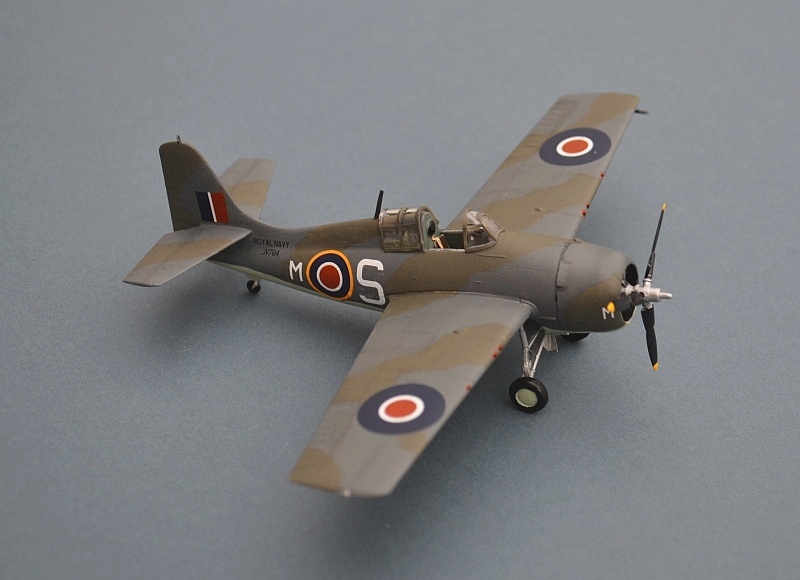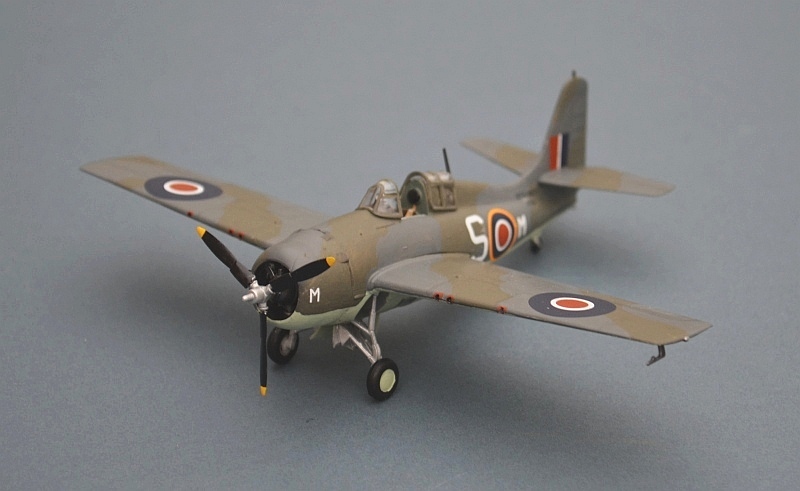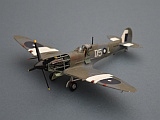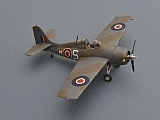January 2015
Supermarine Seafire III
Grumman Wildcat Mk VI
![]() Selected WW2 70th Anniversaries this month:
Selected WW2 70th Anniversaries this month:
Between 2009 and 2015, I have set myself a general modelling theme based on selected 70th Anniversaries from WW2.
The final year of WW2 begins. In Europe, the Germans make desperate counter offensives but are unable to stop the Allied forces advancing on them from East and West. In the Far East, India is now secure and US forces are advancing ever closer to Japan.
1 Jan 1945 – A large German counter offensive begins along the Saar, aimed at retaking Strasbourg. It is supported by massive air attacks on Allied Air bases in Belgium & Holland, in what will be the Luftwaffe’s final major operation in the West.
2 Jan – Kamikaze attacks on Allied Ships are increasing.
6 Jan – B-
9 Jan – US Forces land on Luzon in the Phillipines.
12 Jan – The Red Army begins a major winter offensive in the east.
17 Jan – Warsaw is liberated by the Red Army. In the Ardennes, the Battle of the Bulge is now over with Allied forces back in control.
24 Jan – Operation Meridian 1 – the British Pacific Fleet (BPF) begins offensive operations with strikes against oil facilities in Palembang, Sumatra.
25 Jan – Allied naval forces bombard Iwo Jima in preparation for amphibious landings.
27 Jan – Soviet forces liberate the Aushwitz death camps. Most of the inmates have been taken on a forced march westward. At least 1.1 million prisoners have been killed in Auschwitz.
29 Jan – Operation Meridian 2 – BPF units attack the refineries at Soengi Gerong in Sumatra. 30 Japanese aircraft are shot down with another 38 destroyed on the ground, for the loss of 16 allied aircraft.
31 Jan – Soviet forces enter Germany and are now less than 50 miles from Berlin.
HMS HUNTER, British East Indies Fleet
January 1945.
Italeri with scratch conversions 1/72
Late in 1944 the British Eastern Fleet was split into two new Fleets; the newly formed British Pacific Fleet preparing for operations against Japan with the US Navy, whilst the remainder of the Eastern Fleet became the British East Indies Fleet, operating in coastal areas in support of the liberation of Burma from India and the Indian Ocean.
Seafires operated from the Escort Carriers of the BEI Fleet, acting as fighter bombers. Early in 1945, India Command issued new instructions that required white recognition bands to be applied to Allied aircraft.
The subject of this build shows the earliest markings, although the required white spinner has not yet been applied to this particular aircraft.
The Seafire proved effective in the low level role against the Japanese, although once again it suffered badly from fragility, with frequent deck accidents marring its performance.
www.gengriz.co.uk
Background Image: F-
This particular build incorporates an Aeroclub white metal Merlin engine into a converted Italeri Spitfire Mk IX. It wasn’t entirely successful, but was fun to try. Converting a Mk IX spitfire is a relatively quick way to represent a late model Seafire although it is not entirely accurate in several respects.
I have added a hook, marked out the wing folds, added the fuselage strengtheners and removed one of the underwing radiators, replacing it with an oil cooler made from a rather skinny rocket launcher.
Decals are a mix of old FROG and Modeldecal bits, plus some custom made markings.
Have a look at my "RN Flight Deck” pages for more Fleet Air Arm models
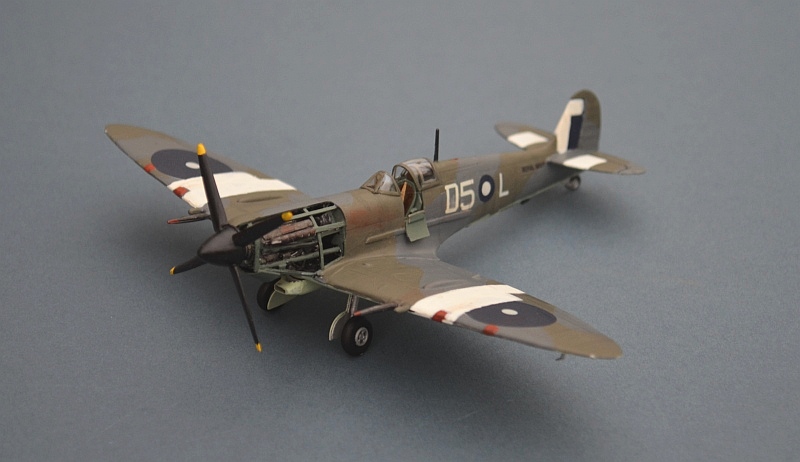
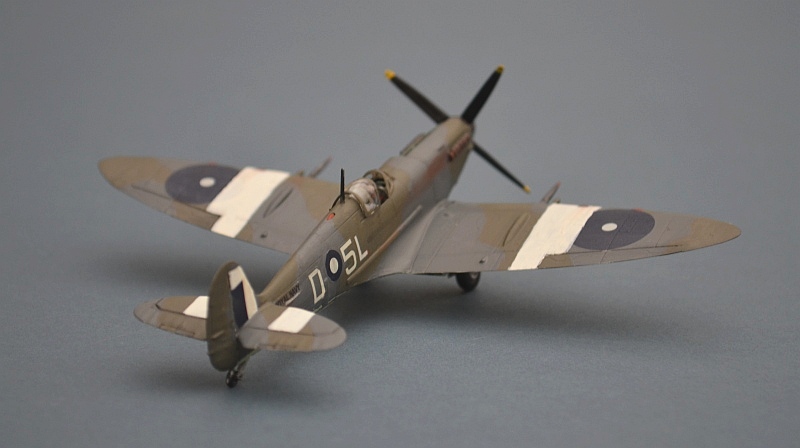
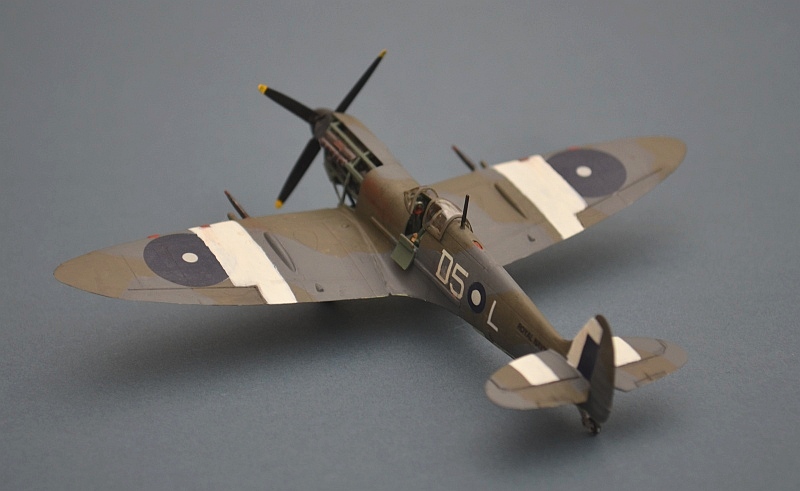
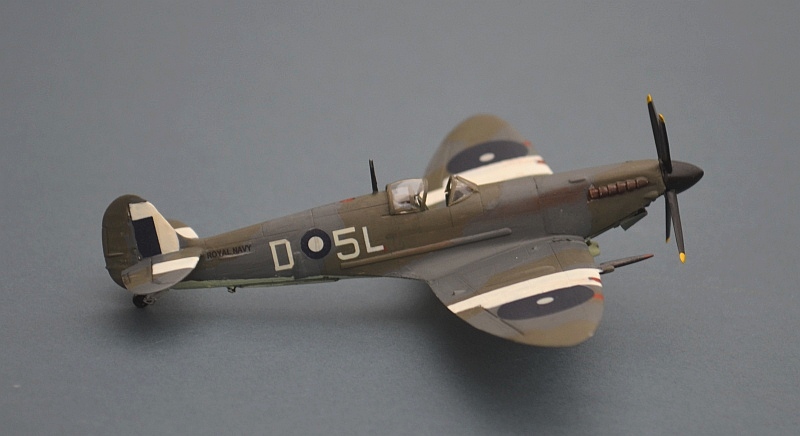
Grumman (General Motors) FM2 Wildcat Mk VI
HMS CAMPANIA, British Home Fleet
January 1945.
Hobbyboss with Airfix decals 1/72
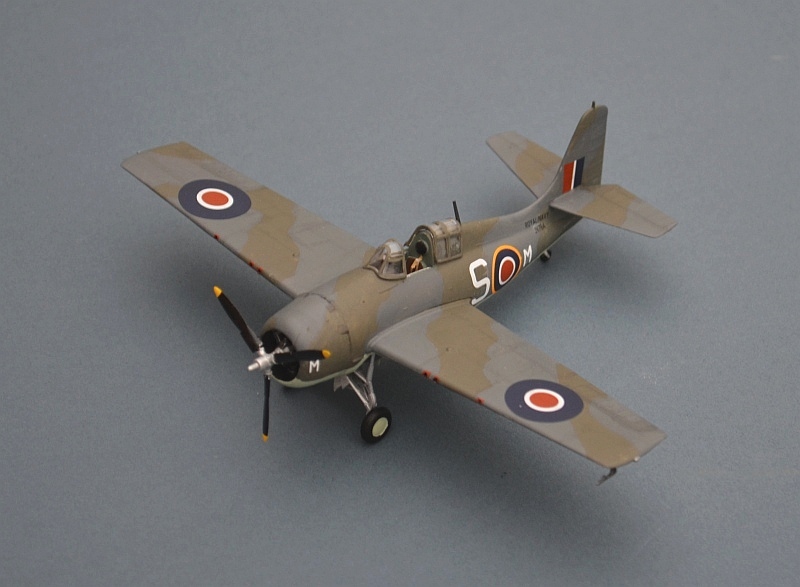
Until the new Airfix Wildcat appears, the low-
I’ve added nothing to this kit except the paper seatbelts, plus I have used the second option in the old Airifx Club kit of many years ago (the other was a dark blue BEF aircraft). With that, I think my Martlet and Wildcat collection is now complete!
With Allied forces firmly lodged ashore in France and the Low Countires, in early
1945 and the U-
Late models of the Wildcat in RN service were based on the General Motors-
